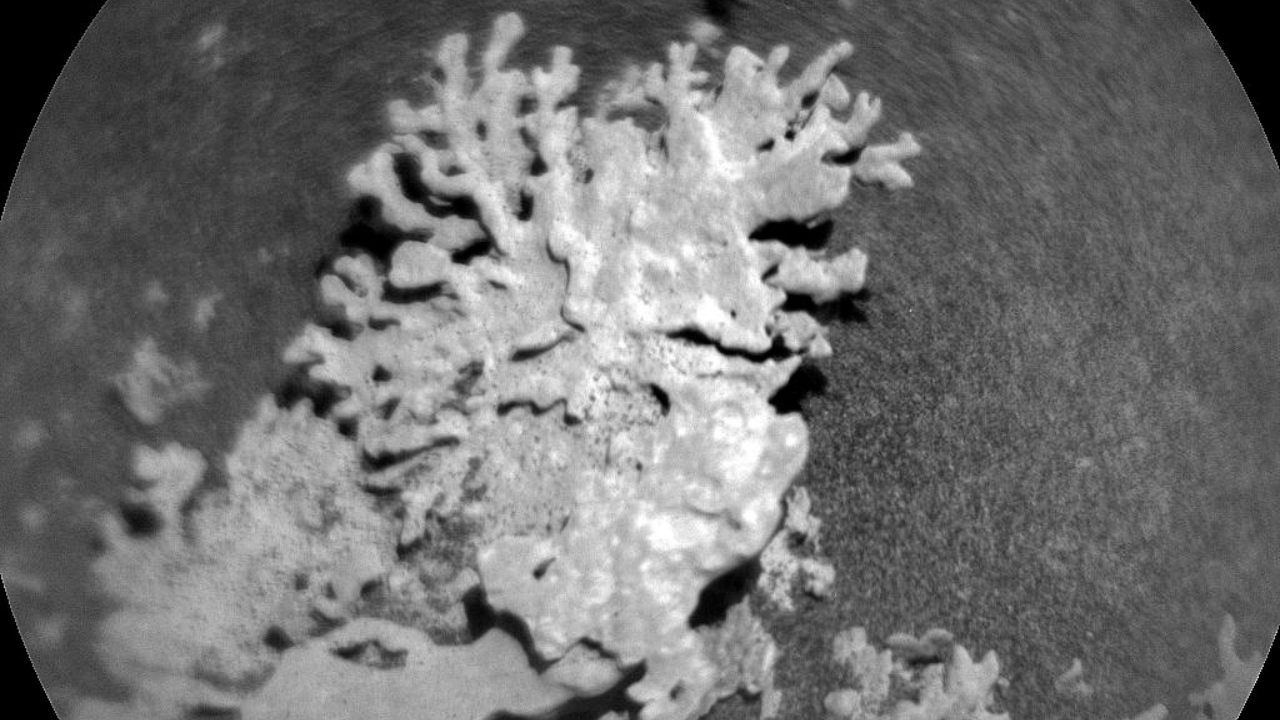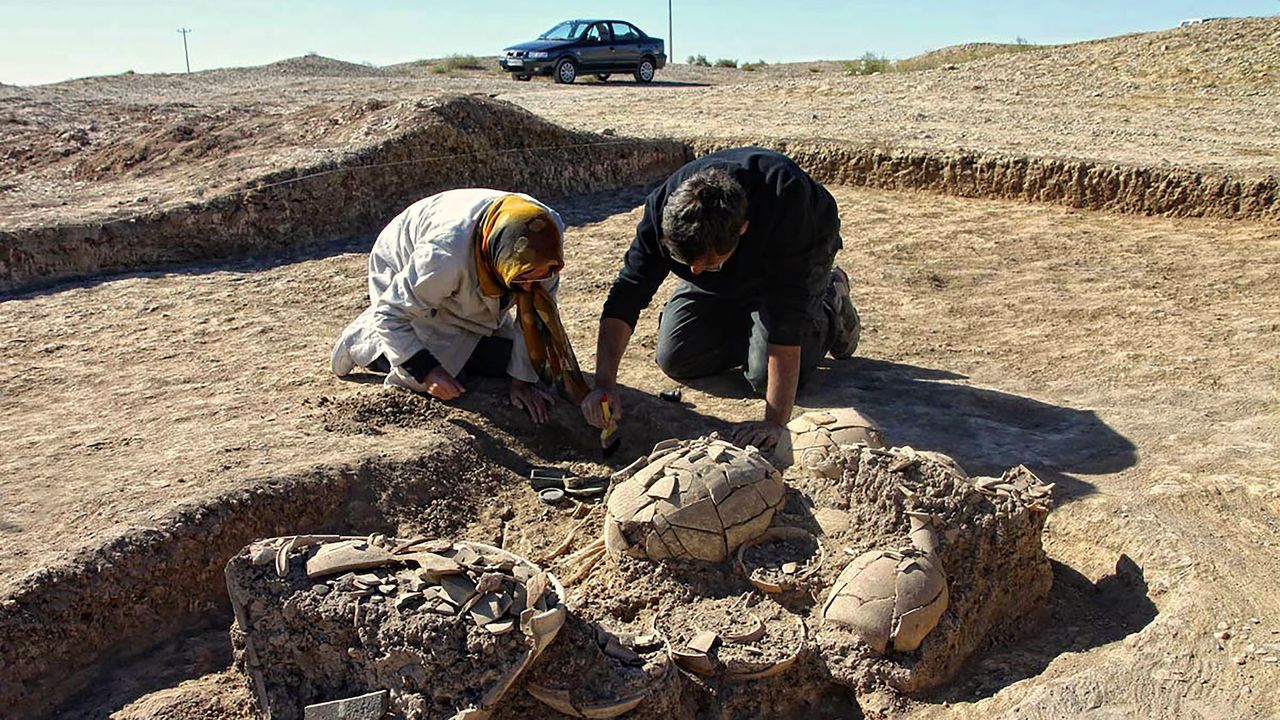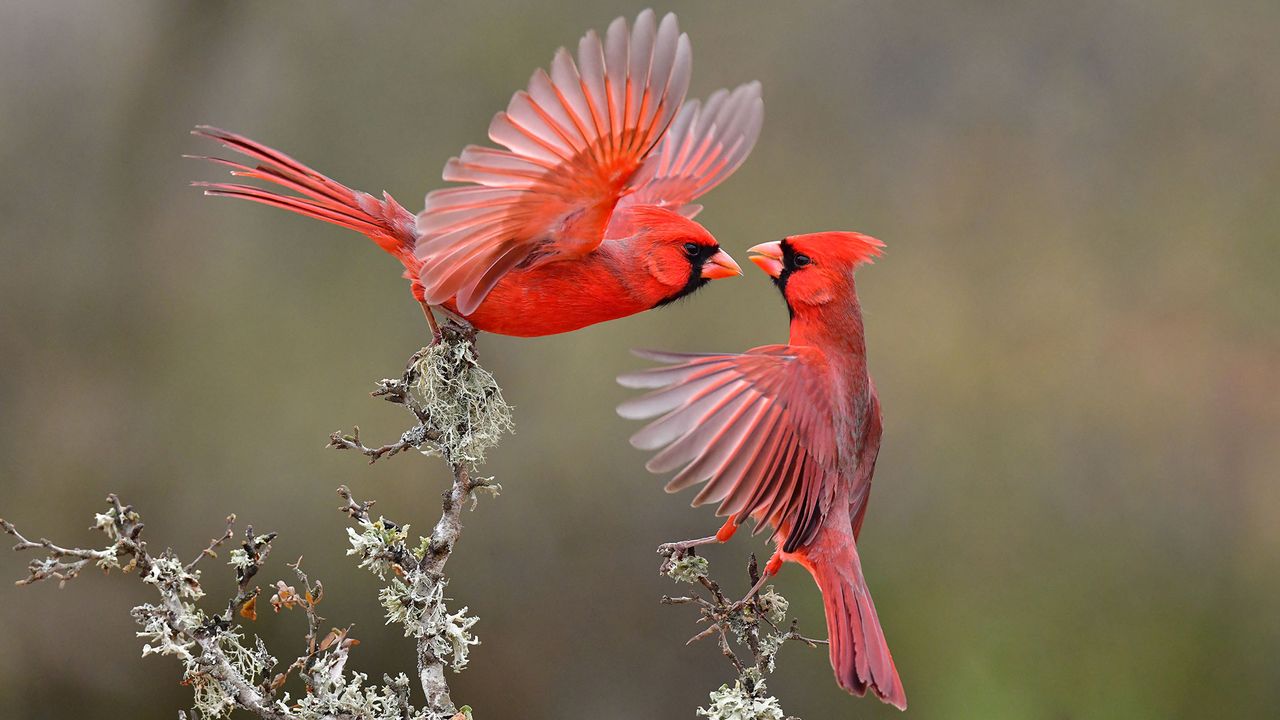Now Reading: NASA Discovers Ancient Coral-Like Formations on Mars
-
01
NASA Discovers Ancient Coral-Like Formations on Mars
NASA Discovers Ancient Coral-Like Formations on Mars

Quick Summary
- NASA’s Curiosity rover discovered a rock on Mars resembling coral in the gale Crater.
- The object, formed billions of years ago and now eroded by wind, measures about 1 inch wide with intricate branches.
- According to NASA, these formations originated when water containing dissolved minerals percolated through Martian rocks, leaving solid mineral “veins.”
- Curiosity has found similar unusual rocks on Mars before, including a flower-shaped rock and one named “Paposo.”
- The rover has been exploring the Red Planet since 2012 to determine Mars’ past habitability. It has covered 22 miles of Gale Crater’s terrain so far out of its total 96-mile span.
- Prior discoveries from Curiosity include evidence of a historic carbon cycle and long carbon chains in 3.7 billion-year-old Martian rocks.
Indian Opinion Analysis
The discovery highlights Mars’ dynamic geological history and reinforces how remnants of ancient water reservoirs have shaped its surface over billions of years. While these findings deepen scientific understanding globally, it holds significance for India as an emerging space exploration leader with missions like Mangalyaan showcasing growing ambitions in planetary science. Collaborating or aligning research goals with global organizations like NASA could further India’s efforts in studying planetary evolution and future habitability prospects within our solar system.

























